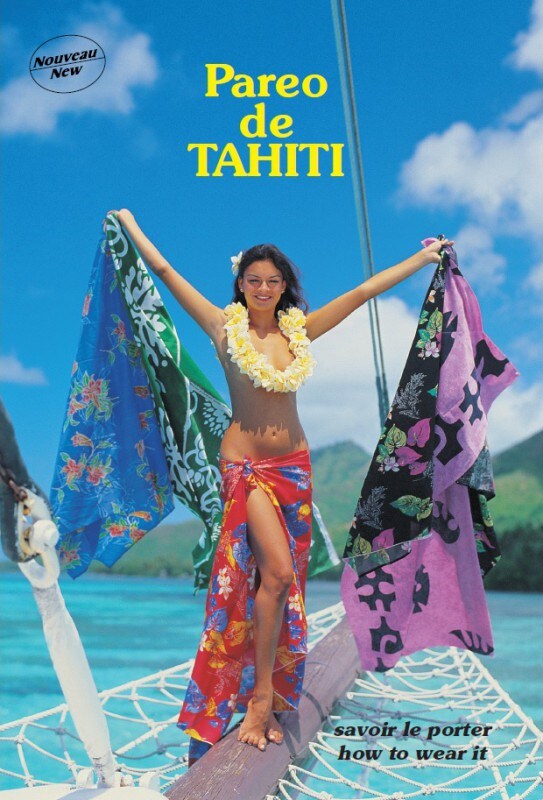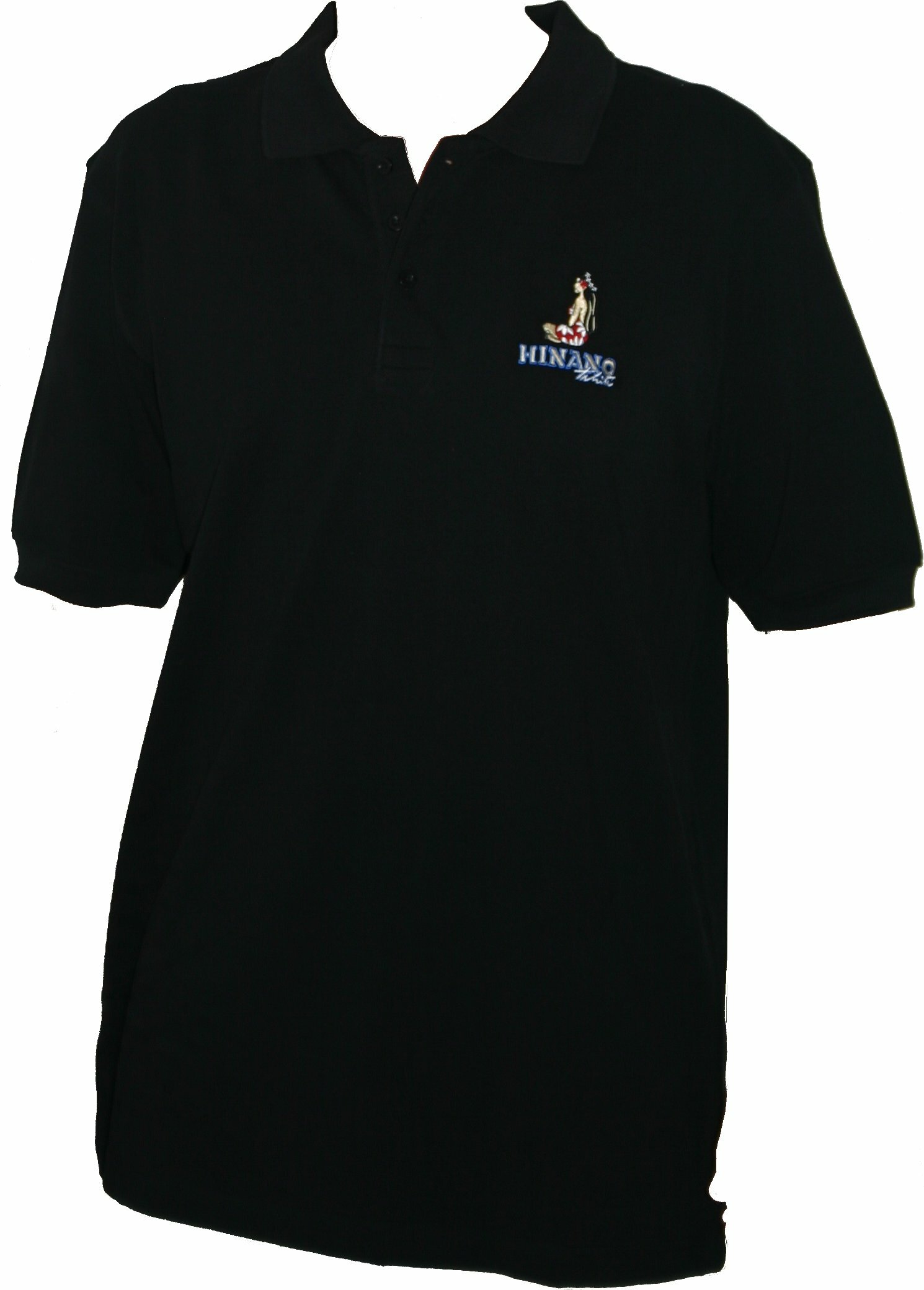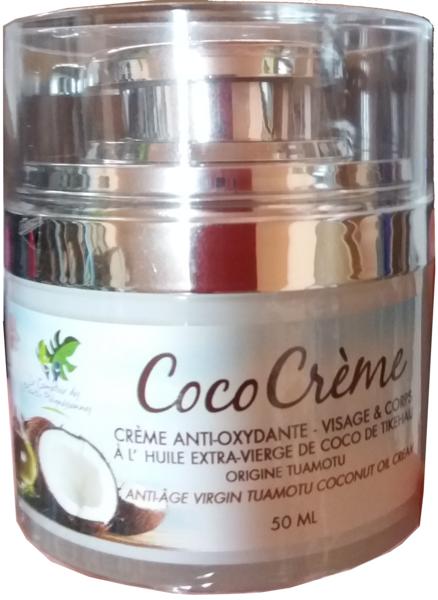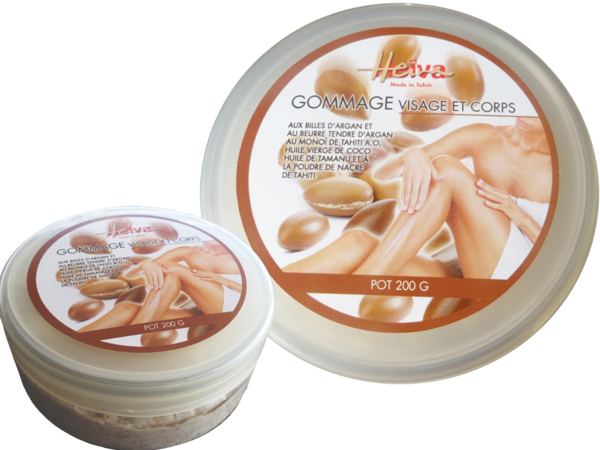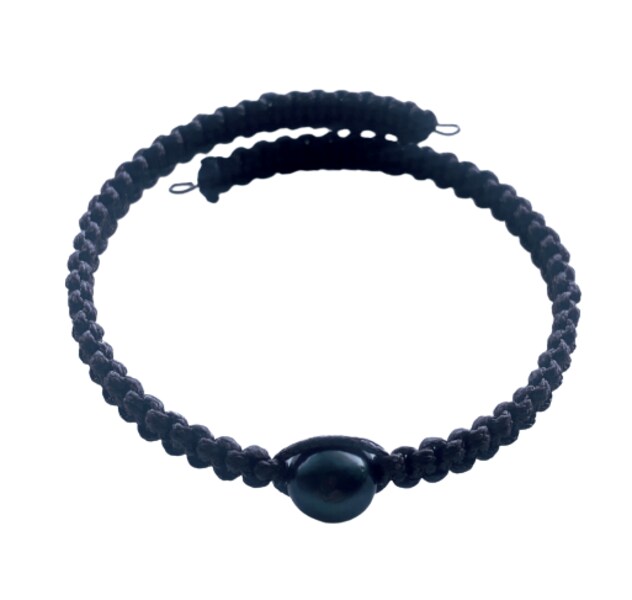The black pearl of Tahiti
Tahitian cultured pearls are commonly known as Black Pearls (or Poe Rava in Tahitian language - Poe: pearl and Rava: black), although they come in a multitude of colors by many natural factors. Every pearl is unique.
QUALITY CRITERIA
In a spirit of quality approach, the service of the Perliculture of French Polynesia has set standards and regulations that define quality criteria to qualify the pearl culture of Tahiti.
The size:
It corresponds to the diameter of the pearl in millimeters, which can vary between 8 and 16 mm. There are unusual pearls that are considered exceptional.
For jewelery use, a tolerance of 0.5 mm is considered insignificant. Example: a pearl of 7 mm may actually have a diameter that can vary from 6.75 to 7.25 mm.
The shape:
Tahitian pearls are sorted according to 5 categories:
- Round: it is the most sought after and the rarest, and also the most expensive
- Semi-round: the sphere is slightly imperfect
- Semi-baroque: there are 4 shapes (drop, button, pear, oval).
- Ringed: it has regular bands, rings or splines (perpendicular to an axis of rotation) and covers more than a third of the surface of the pearl.
- Baroque: it is irregular
Note: Keshis are not cultured pearls formed around a nucleus grafted by a human hand, but pearls formed naturally in mother-of-pearl, with a diameter of 2 to 15mm. Generally small and without precise shape, they are mostly used in fanbcy jewelery.
The surface:
The surface of a pearl is more or less slick, with or without imperfections such as scratches, cracks, dents, bumps, etc. A smooth, perfect surface without any imperfection is exceptional.
The luster or shine:
It is characterized by the reflection of the light on the surface of the pearl, its shine according to 4 grades: Excellent (very shiny, bright), Good (shiny), Pale (not shiny), Weak or poor (dull, matt).
The thickness of the mother-of-pearl:
It comes from the duration of gestation within the pearl oyster. It is a guarantee of quality, beauty and durability of the cultured pearl. According to the official classification, a Tahitian cultured pearl must have a thickness of mother-of-pearl covering at least 80% of the surface of its nucleus.
The color:
The natural color of the pearl depend on the light. It is therefore important to observe and compare its color in artificial light but also in natural light. The nuances can not be categorized because there is an infinity, varying between several colors and reflections: white, silver, cream, gold, gray, blue, pink, eggplant, green, yellow, peacock, pistachio, etc. Color combinations are also possible.
Professionals recognize three characteristics: the base color (determined by the species of the producing mollusk, the area of culture, the nature of the graft and the nucleus), traits (translucent secondary colors), the Orient (rainbow colors or iridescent that can be observed when the pearl is rotated).
Note that the color and shape criteria are decisive in choosing a pearl and remain tied to personal taste.
CLASSIFICATION OF CULTURED PEARLS
Pearl professionals use several graduation elements to qualify the pearl surface that is qualified with the naked eye.
The combination of gloss and surface finish allows the classification of the pearl in 5 categories:
- Quality Top Gemme: perfect quality, without imperfection + Very beautiful shine
- Quality A: very slight imperfections (at most 10% of the surface) + Very beautiful shine
- Quality B: slight imperfections (at most 30% of the surface) + High shine at medium level
- Quality C: moderate imperfections (at most 60% of the surface) + Beautiful to medium shine
- Quality D: slight and deep imperfections (on more than 60% of the surface) + Low shine
Another classification exists, such as GIA (Gemological Institute of America) standards that use the terms Gem Grade, AAA, AA +, AA.
This is some examples of coding to define the quality of a pearl according to its shape, its surface and its luster:
AAA = Round - Very slight imperfections - Very bright
ABA = Round - Slight imperfections - Very bright
BAA = Round to semi-round - Very slight imperfections - Very bright
AAB = Round - Very slight imperfections - Brilliant to medium bright
HOW TO GET A PEARL: PERLICULTURE
Tahitian black pearls are the result of secretions of mother-of-pearl from an oyster species called the Pinctada Margaritifera, a species mainly grown in the lagoons of French Polynesia.
Pearl culture refers to the pearl oyster culture activity, in 5 steps.
Collection: duration of 1 to 2 years
The Pinctada oyster Margaritifera lives naturally in the Polynesian lagoons. At certain times of the year, larvae are born, seeking to secure themselves from predators. The farmers place the collectors in the lagoon so that the larvae can find refuge there.
Breeding: duration of 3 to 12 months
Young oysters are collected and placed on underwater breeding devices called stations. The shell is pierced and the oysters are attached by a nylon along a string which is placed under the surface of the sea. The growth of Nacres is closely monitored (disease or predators).
The Registry: from 2 years
Oysters are grafted from the age of 2 years. The grafting operation consists of inserting into the pearling pouch a nucleus (a ball cut into the mother-of-pearl of a mold) which will constitute the heart of the cultured pearl, and a graft (piece cut out of the mantle of another oyster called donor). The nucleus and the graft must be in contact.
The graft forms in the bearing oyster a bag around the nucleus (called perlier bag), in which the pearl will develop. This plays a decisive role in the quality and characteristics of the future pearl, because of its secretion activity around the nucleus. It determines in particular its color.
Culture: duration of 2 years
It takes another 2 years to allow the oyster to grow. Several parameters participate to produce a pearl of quality: the physiological state of the oysters intended for the grafting, the know-how of the personn how graft, the quality of nucleus and graft, the conditions of breeding of the oysters during all the process.
Harvest: 18 months after transplant
After 5 years, the pearls can be harvested. If the pearl is of an exceptional quality, a second graft (called surgreffe) is then performed. The pearl is then replaced by a nucleus of the size of the pearl harvested, without adding additional graft. The oysters can be grafted two to three times, which allows to obtain a bigger pearl.


